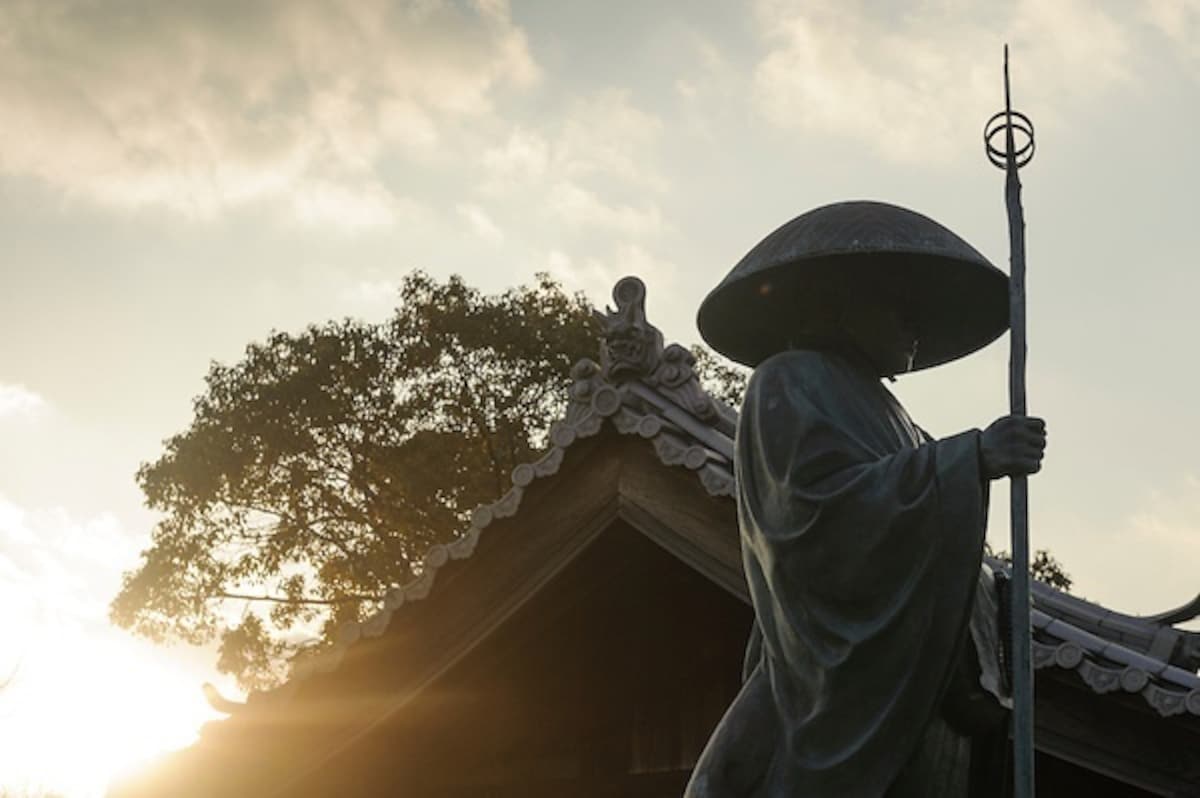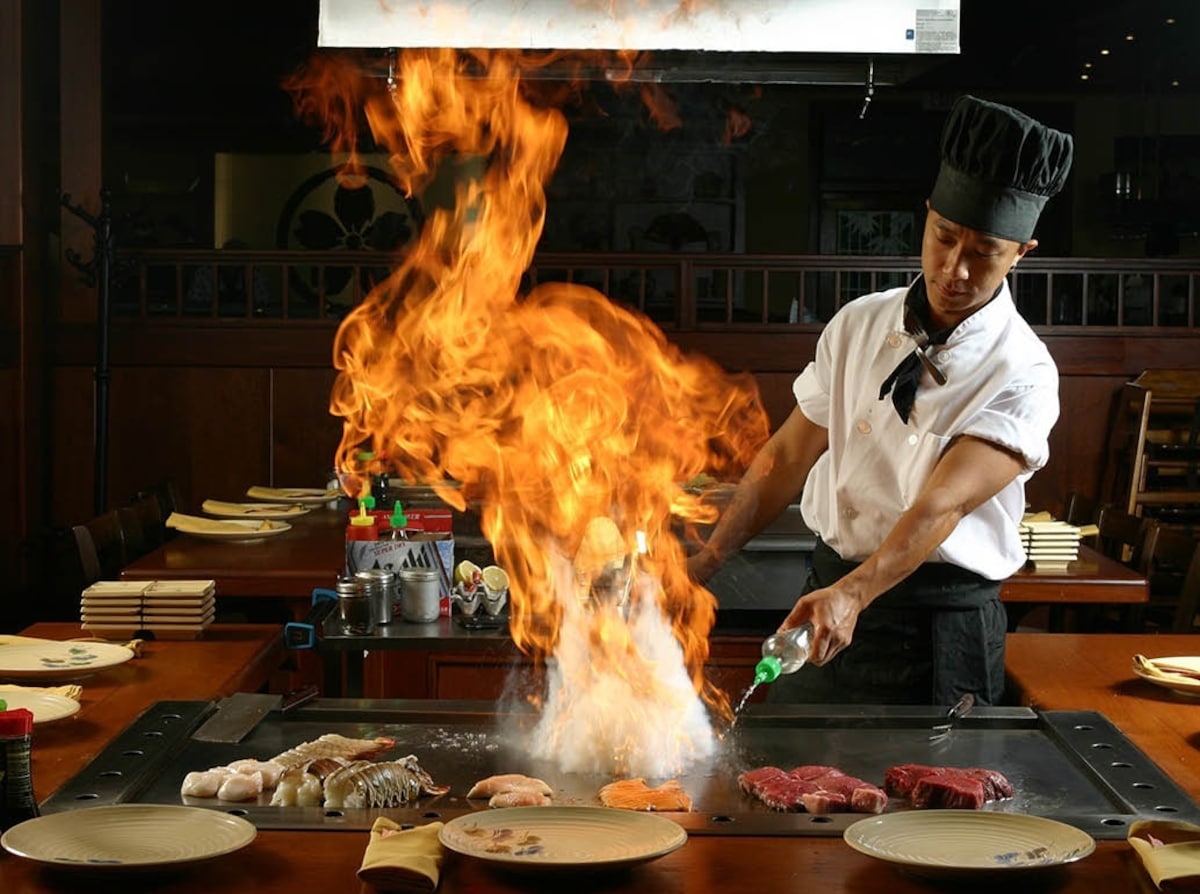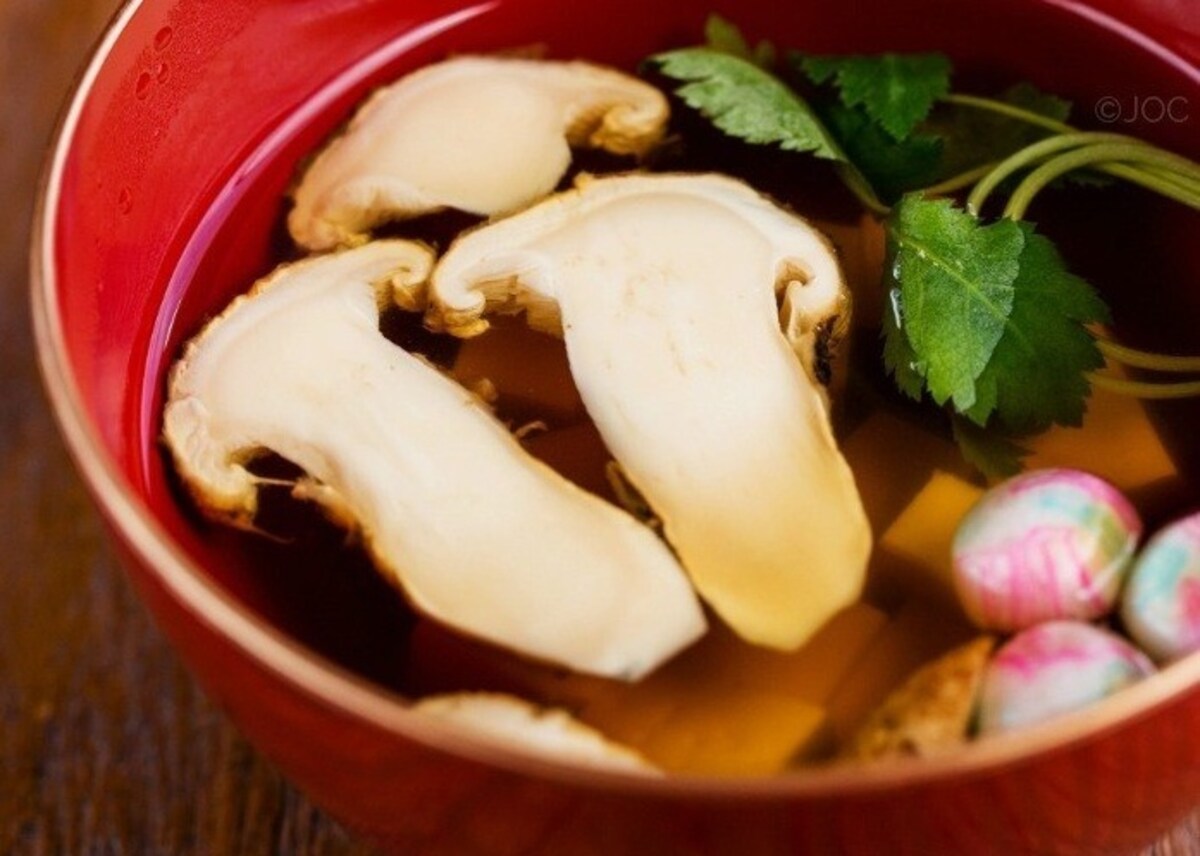What is The Wonder 500™?
The Wonder 500™ is a Japanese government project that aims to discover unique Japanese local products that are unfamiliar outside of Japan, and introduce them to the rest of the world. A total of 500 products from all 47 Japanese prefectures were selected by 30 expert "producers" and public voting.
By AAJ Editorial Team6. From One Generation to the Next
In Japan, knowledge and know-how in the world of traditional performing arts and crafts are conveyed by a teacher, to be carried on by the next generation. In this way, valuable aspects of culture are preserved. Students, who are considered to be acolytes or disciples, practice what they are taught for many years, and eventually become masters of the secrets of their art. Then they are equipped to make subtle changes to their techniques, and to pass on their knowledge and know-how to the next generation.
7. 'Shu Ha Ri'
In the world of Japanese arts and traditional crafts, the relationship between teacher and student, or master and disciple, is valued above all else. Otherwise, the student disciple would hardly be able to hone the techniques to be learned.
At the heart of this relationship is a concept expressed by three ideograms: Shu (safeguard), Ha (break) and Ri (separate). First, students faithfully follow their teachers' instructions in order to master the techniques. But over time their study also leads them to introduce aspects they deem to be good, and as they adopt those aspects they break with existing forms. Then finally they establish the resulting methods as their own, separating their own way from that of their teacher. In this way, they become truly talented in their art.
8. The Spirit Behind a Hearty Welcome
In Japanese culture, interpersonal relations are ideally characterized by a willingness to truly understand what the other person is thinking, and to think ahead to determine the best way to interact. The result is a respectful demeanor and warmth given when welcoming a guest. In all things, a natural attitude and a warm heart should result in a fine degree of consideration. These guiding principles will lead to an appreciative response from one's guest.
9. Taking Full Advantage of the Ingredients for a Meal
Since ancient times, the Japanese people have enjoyed the blessings of nature. This has led them to highly value the foods that become available during each of the four seasons, and to use the appeal of a meal's ingredients to full advantage. The spirit guiding these sentiments has led to refined culinary arts and an appreciation for the current season. This, indeed, is the essence of Japanese cuisine, now admired worldwide.








